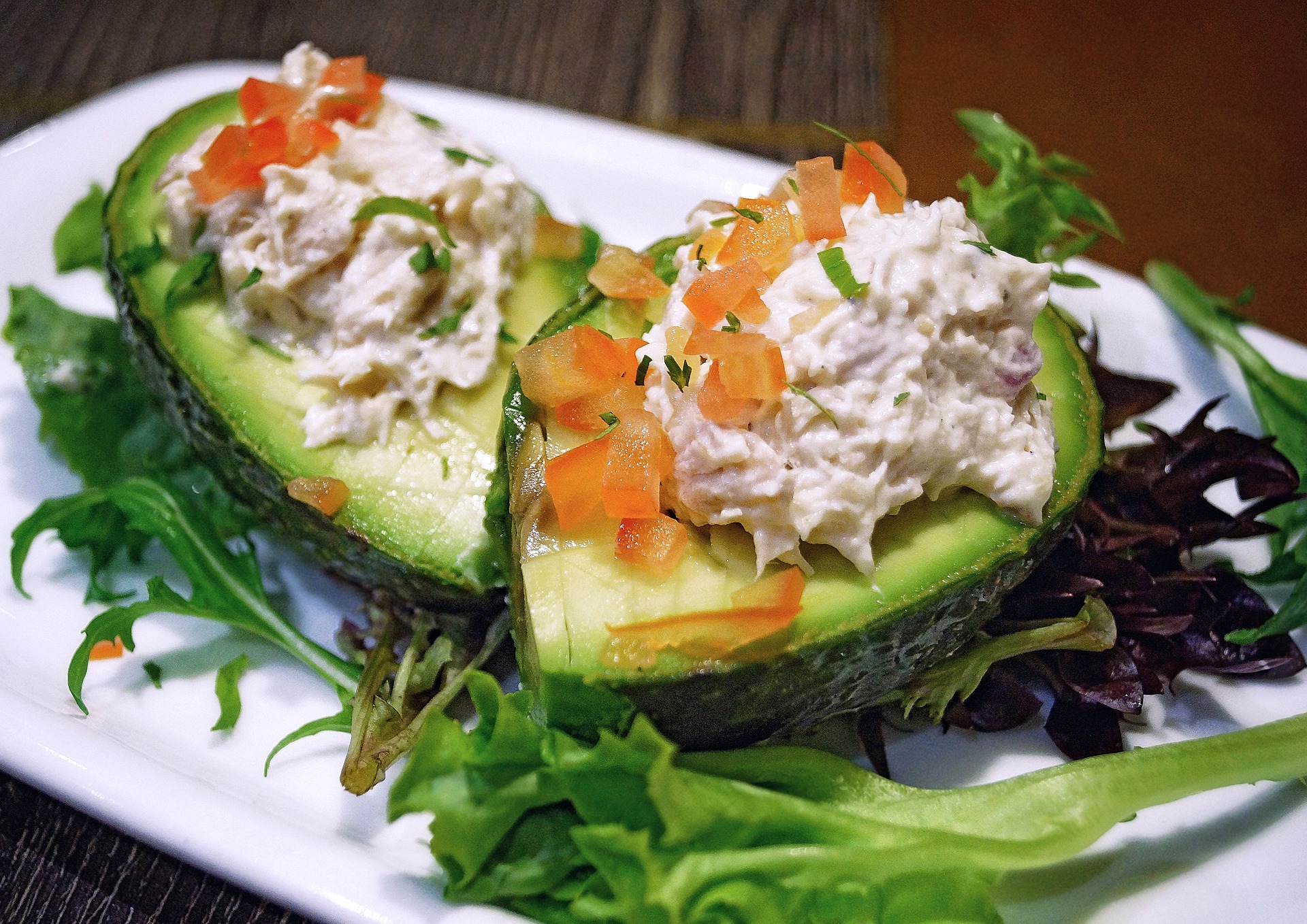Savoring the Delicate Flavors of Thai Desserts: A Journey into Sweet Indulgence
Thai cuisine is a vibrant dance of flavors, but the dessert scene is often overlooked. Let's delve into the sweet world of Thai desserts, where tradition meets innovation. Thai desserts are an integral part of Thai cuisine, with their sweet and sometimes salty flavors providing a delightful contrast to the spicy and tangy main dishes. These desserts are often made from simple, locally sourced ingredients, yet they possess a unique complexity that is a testament to Thailand's rich culinary heritage.
The Art of Making Thai Desserts
Creating Thai desserts is a meticulous process that involves careful selection of ingredients, precise measurements, and skilled cooking techniques. Sticky rice, coconut milk, palm sugar, and tropical fruits are the stars of the show, creating a harmony of flavors that is both refreshing and satisfying.
Signature Thai Desserts
Khanom Chan, mango sticky rice, and tub tim krob are some of the iconic Thai desserts. Khanom Chan, a layered dessert made from coconut milk and tapioca flour, is a favorite during festive occasions. Mango sticky rice, with its perfect balance of sweet and salty, is a summer classic. Tub Tim Krob, a dessert made from water chestnuts and served in chilled coconut milk, is a refreshing treat on a hot day.
Thai Desserts with a Modern Twist
In recent years, Thai desserts have undergone a transformation with the introduction of modern techniques and presentation styles. For instance, the traditional mango sticky rice is now being served as a deconstructed dessert in high-end restaurants, while fusion creations like Thai tea-flavored macarons are gaining popularity.
Thai Desserts and Health
Interestingly, many Thai desserts are naturally vegan and gluten-free, making them a great choice for those with dietary restrictions. However, they are still indulgent treats, so moderation is key.
-
Thai desserts are typically rich in dietary fiber, thanks to the use of ingredients like sticky rice and coconut.
-
Many Thai desserts contain tropical fruits, which are a good source of vitamins and antioxidants.
-
Coconut milk, a staple in Thai desserts, is a great source of healthy fats.
Conclusion
Thai desserts are a world unto themselves, offering a sweet journey into the heart of Thai culinary culture. Whether it’s the traditional mango sticky rice or the innovative Thai tea macaron, these desserts are a testament to Thailand’s flair for creating food that not only satisfies the palate but also delights the senses. So, the next time you’re craving something sweet, why not try a Thai dessert?





